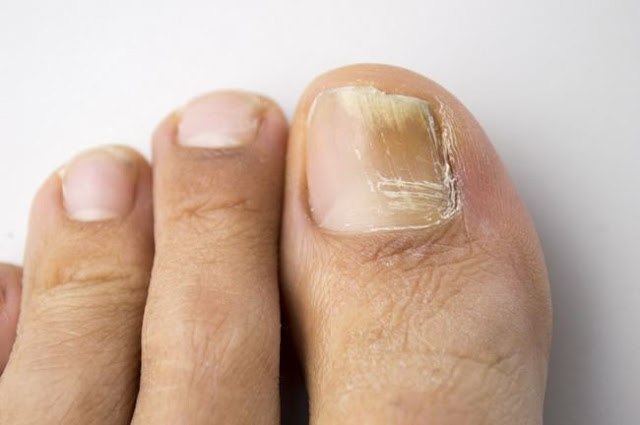Wavy nails can occur to anyone, but tend to be more frequent in the elderly. Corrugated nails can be caused by many things, such as wounds, nutritional deficiencies, the aging process, to certain medical conditions.
Based on the pattern, corrugated nails can be divided into two, namely horizontal (transverse) and vertical (longitudinal) corrugated nails. Each of these patterns has different causal factors.
Vertical Corrugated Nails
In vertical wavy nails, waves emerge from the tips of the nails to the cuticles. Vertical wavy nails are more common in the elderly, because with age, growth or cell turnover in nails becomes slower. Besides the age factor, there are several medical conditions that can cause vertical nails to wave, which are:Iron deficiency anemia
This condition can cause the nail to wave vertically and look concave like a spoon. In addition, anemia due to iron deficiency also makes nails brittle and break easily.Trachyonychia
Trachyonychia is a condition where nails are thin, rough, brittle, and very bumpy. This condition is similar to abnormalities in the nail due to alopecia areata, lichen planus, and psoriasis.Onychorrhexis
If the vertical corrugated nail is accompanied by changes in the texture and color of the nail, it could be a sign of onychorrhexis. Onychorrhexis is a medical term for a condition of brittle nails accompanied by skin peeling around the nails. This condition can be caused by exposure to chemicals in nail polish cleaners, soap, or detergents, also by certain diseases, such as thyroid disease.Horizontal Corrugated Nails
Wavy nails that are accompanied by horizontal changes in color need to be aware of. The line on the nail formed by the horizontal wave is called the Beau line, and can be a sign of health problems. In very rare cases, horizontal lines on the nails can indicate arsenic poisoning. In addition, the Beau line can also be caused by:- Malnutrition.
- Infections, such as measles, pneumonia, or fungal infections.
- Side effects of chemotherapy.
- Nail injury.
- Metabolic disorders, such as diabetes.
- Heart attack.

Comments
Post a Comment